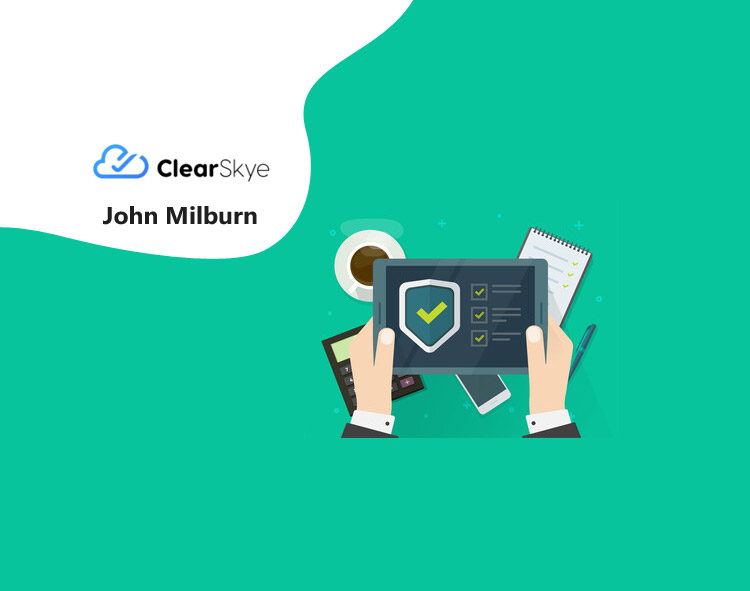When we think of cyber security, our mind races to high-profile security breaches, the dark web, and cyber criminals out to acquire your money, data, or personal information. While safeguarding against these big threats is an important part of any business strategy, there are other vitally important risks that get less attention, and Identity Governance Administration (IGA) is one of them. IGA enables and secures digital identities for all users, applications, and data within an organization. Not only does it allow businesses to provide automated access to technology tools and applications, but also safeguards against potential security and compliance risks.
Read More: GlobalFintechSeries Interview with Dr. Vincent Pignon, CEO at Wecan Group
Sounds fairly simple, right? While the benefits of IGA—better security posture, automated processes, and less overall risk, among others—are relatively understood, how to get a successful IGA project off the ground is a different story. Like many IT projects, a great deal of IGA initiatives are doomed from the start. Fortunately, this is completely avoidable if the proper steps are taken prior to the big launch. By keeping several guidelines in mind, organizations can tackle any IGA project with a greater chance of success.
1. Don’t Get Over Ambitious
Some of the best laid plans are built on practicality, and IGA is no different. Biting off more than you can chew is a likely contributor as to why so many IT projects fail, so being intentional about what you can achieve with the resources you have are paramount to success—especially with identity projects. IGA must be heavily integrated into other business facets, such as HR management systems and others, and requires advisory services on top of in-house resources to run smoothly. Make sure the groundwork here is laid before simply deploying a new software and hoping for the best. Be realistic about the challenges that may arise and look at the full spectrum of resources—financial, talent, etc.—needed and the intended results you hope to achieve.
2. Don’t Discount the C-Suite
A top-down approach will set your project up for success from the get-go. Executive management can help communicate to your organization the importance and urgency of getting your IGA program up and running. Despite this, 54% of IT project failures can be attributed to poor management, compared to only 3% due to technological problems. Too often, IT projects are deemed just that—an IT project—regardless of what it entails and how much of the organization it affects. Strong leadership, which can include both support from the C-suite, as well as specific department heads, is necessary to avoid this fate. Approaching executives with a clear plan and proposed business benefits is a good place to start. For IGA, specifically, explain how this initiative is a key component of your organization’s digital transformation and the anticipated ROI: a more secure network, more streamlined processes, and better protection against costly data breaches.
3. Don’t Put UX on the Backburner
While executive approval is important, nothing will expedite a project failing like a solution that’s not user-friendly. The people interfacing with your IGA solution every day are the ones that can make or break your identity dreams, so it’s vital to design or integrate solutions that are easy to use and don’t disrupt the normal flow of work too significantly. If navigating a new solution isn’t an effortless part of their workflow, users will find ways around it, ignoring it completely or inundating the HelpDesk with queries. This disconnect can bring down an entire IGA project. By considering IGA solutions that can be easily integrated into existing systems and processes, fewer training and UX issues will arise. By removing the barriers to entry, you can create a smoother onboarding process, and thus, better adoption rates.
4. Don’t Reinvent the Wheel
Building off of UX and the pitfalls at looking at IT integrations in silos, running your new project on an existing IT Service Management (ITSM) platform is a smart way to avoid challenges of introducing new systems to your organization. For IGA, a lack of integration makes it difficult to retrieve valuable data from enterprise systems and use it effectively. As a result, when data pulls are done manually and on an ad hoc basis, a decentralized process becomes the norm. This can be time-consuming, duplicative, and ripe for human error. Auditing becomes difficult, accountability suffers, and leadership has little insight into who is actually managing the governance process. Running an IGA solution built natively for an ITSM platform not only maximizes the investment in that platform, but costs less than creating an IGA solution as its own stack.
Read More: GlobalFintechSeries Interview with Konstantin Richter, CEO & Founder of Blockdaemon
By keeping these four pillars in mind as you establish or upgrade your IGA program, you can have the assurance that your project will get off on the right foot—and that’s a win-win for your entire organization.
There’s A lot That will Inspire New Trends in B2B Sales and Marketing, Catch more from the Experts:
